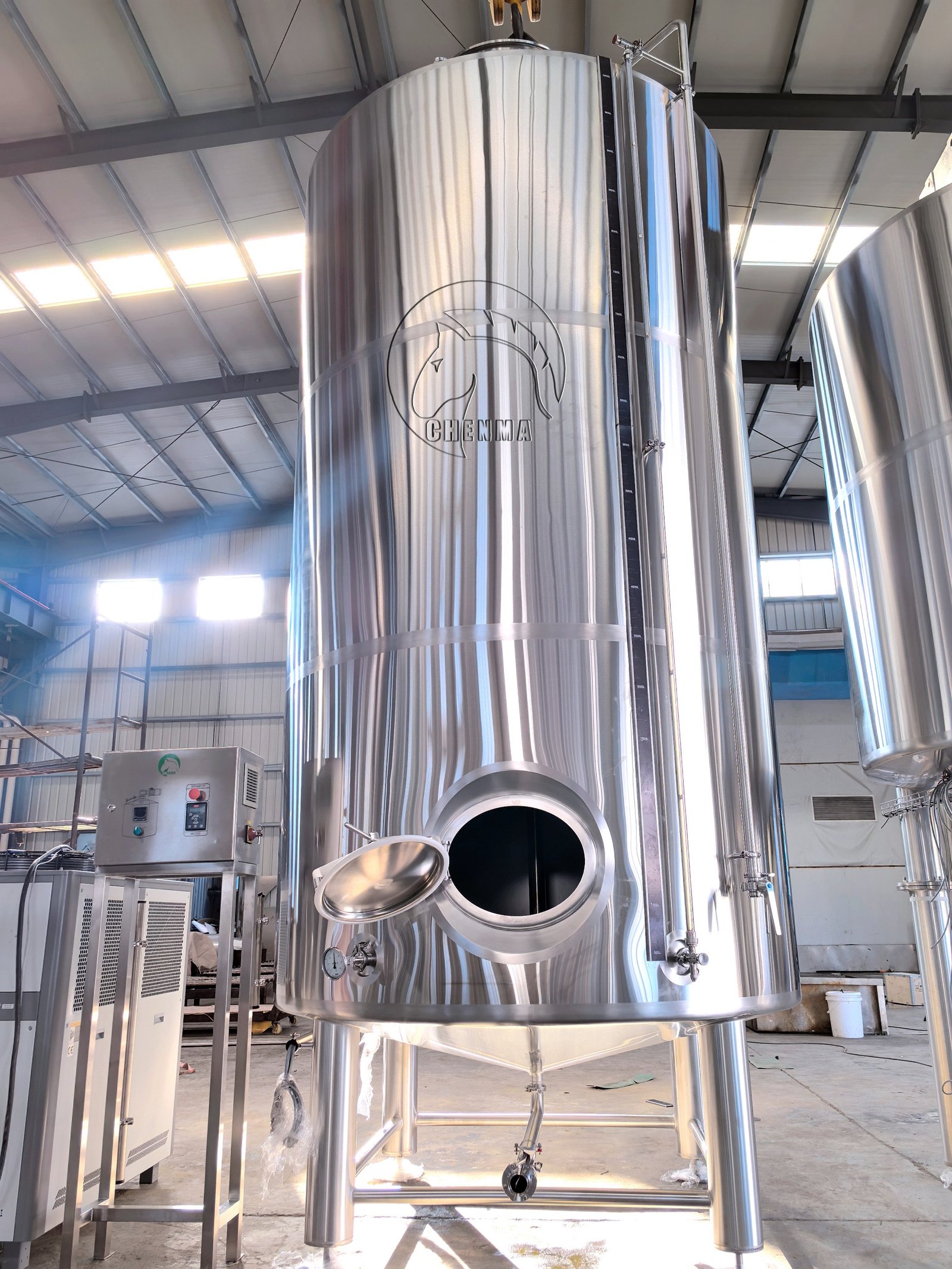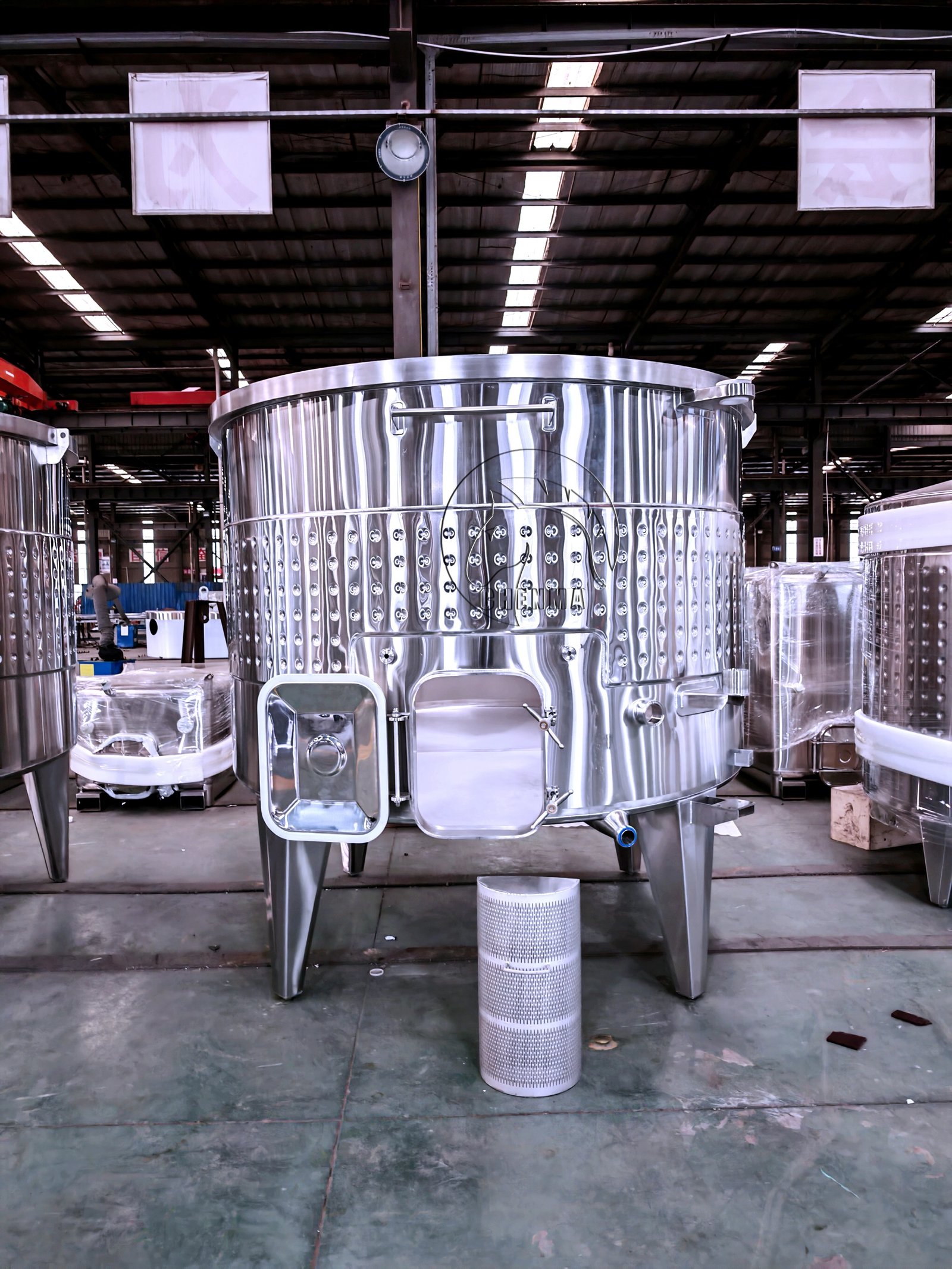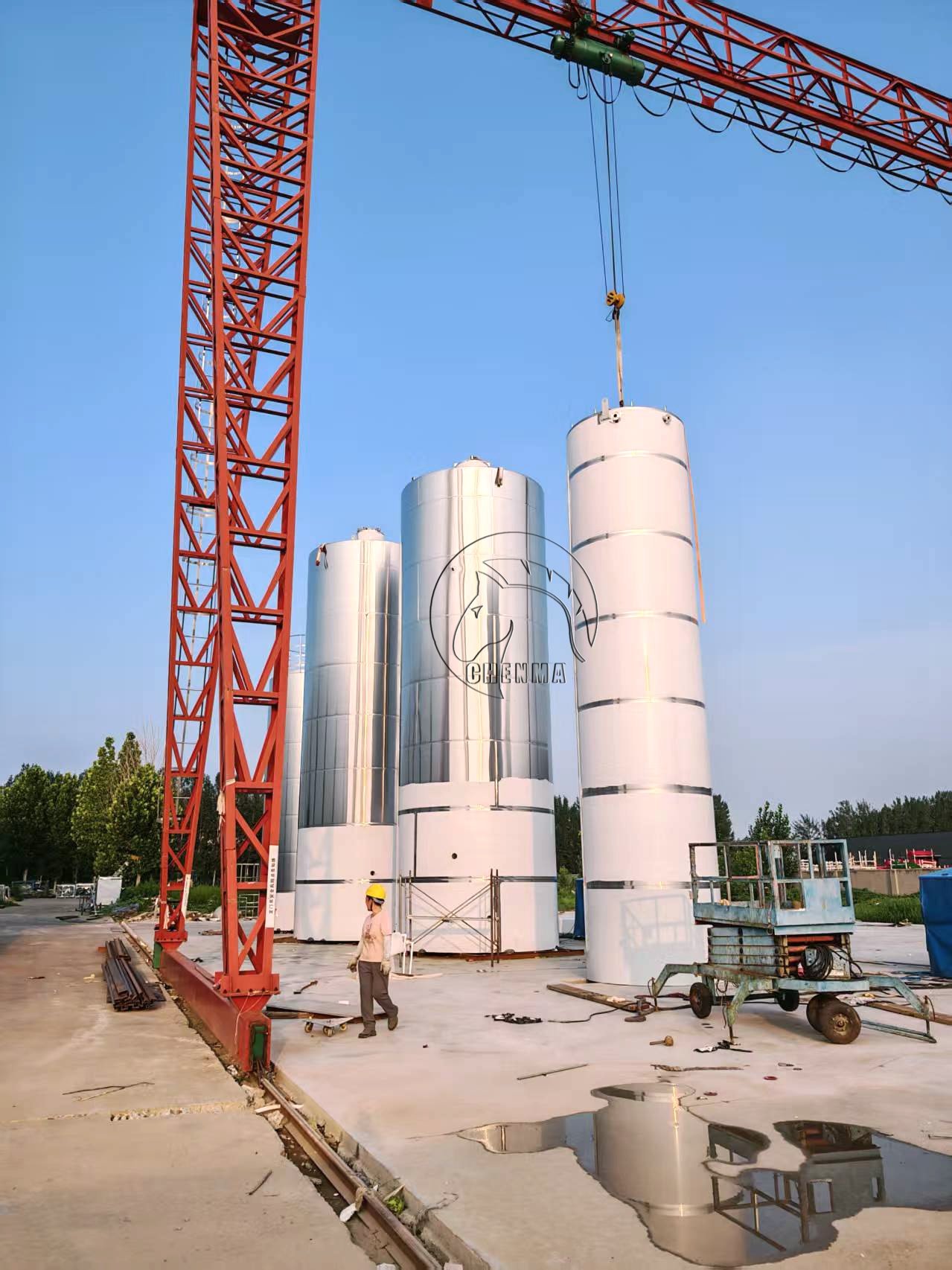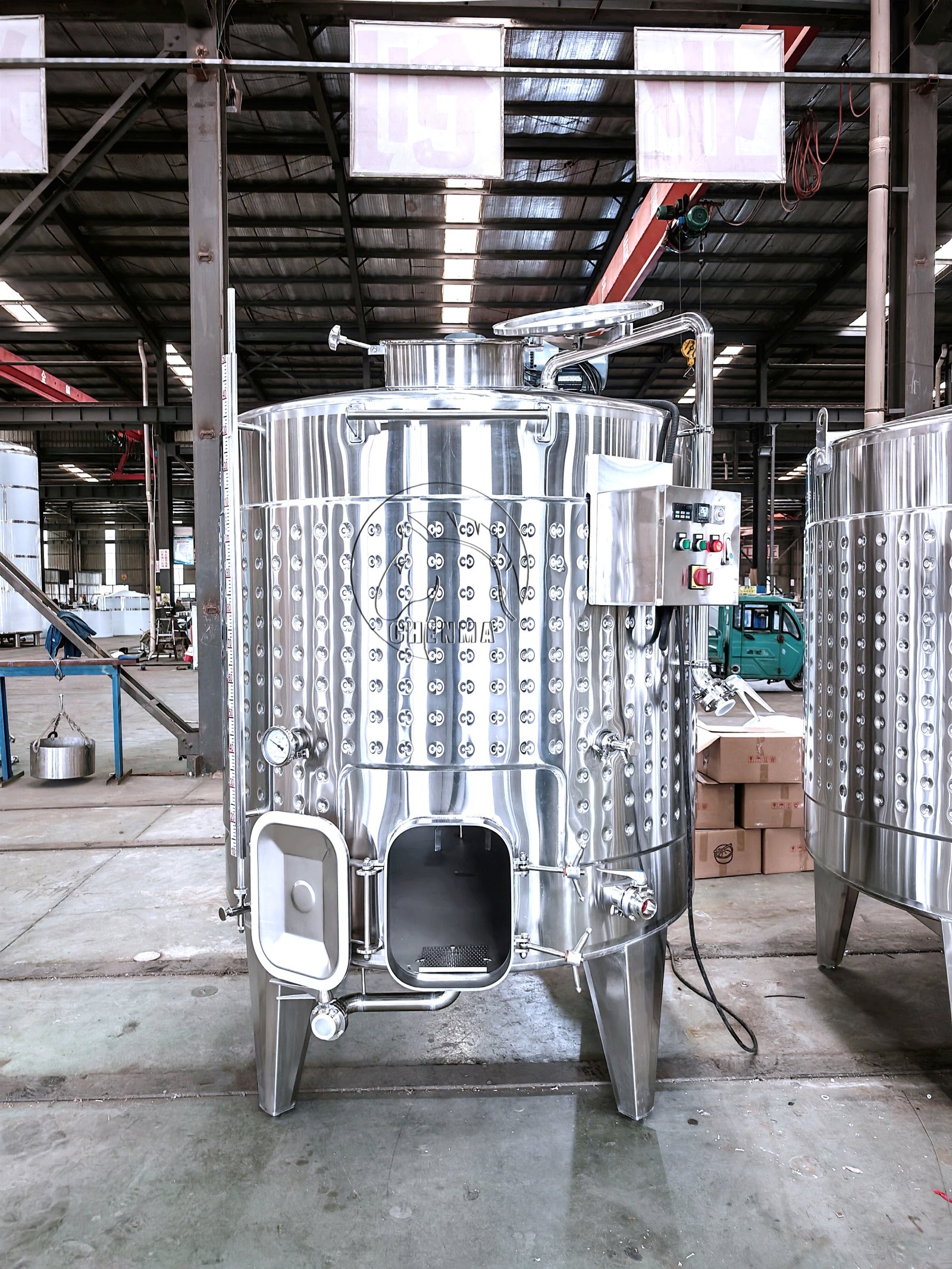
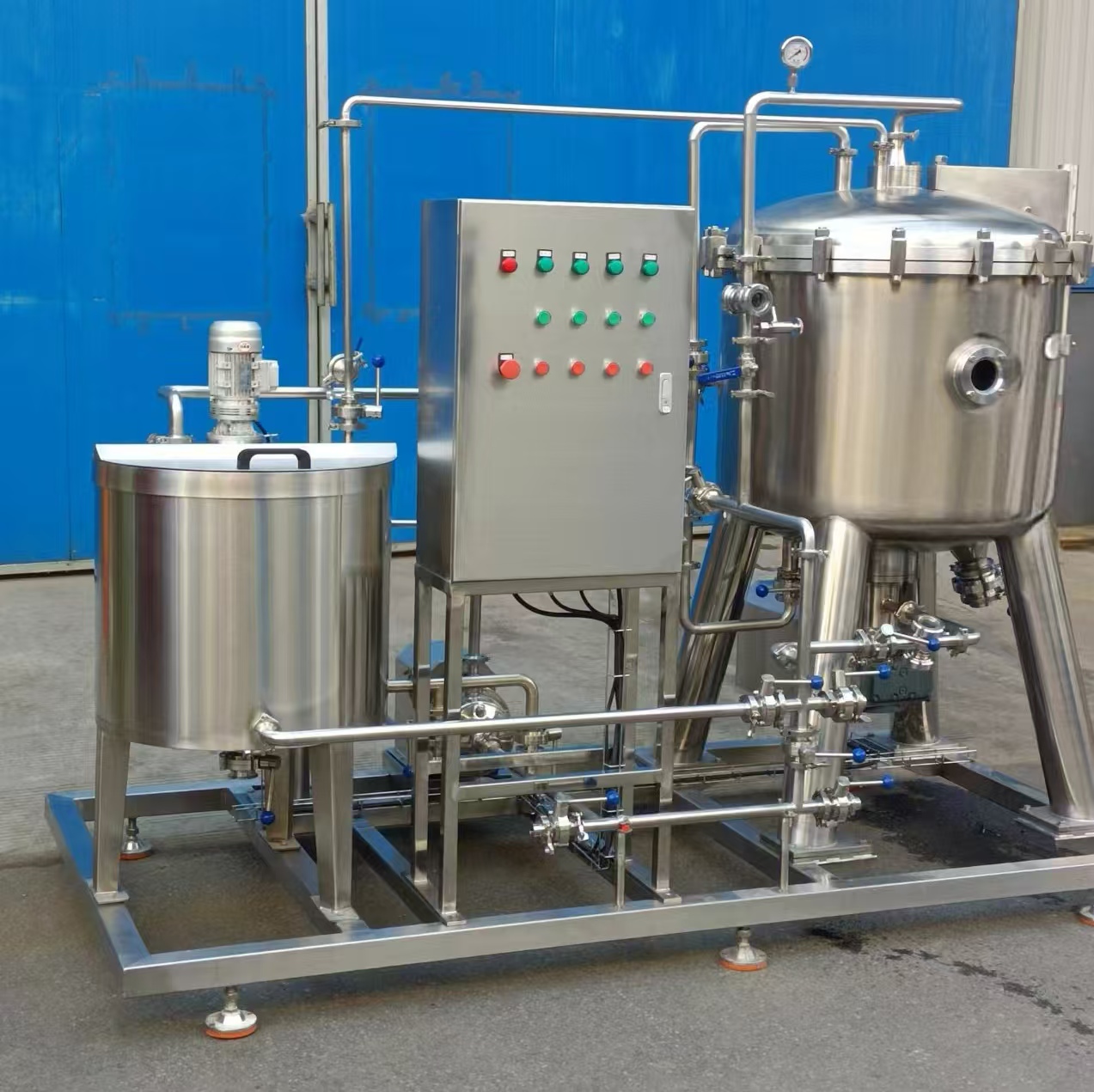
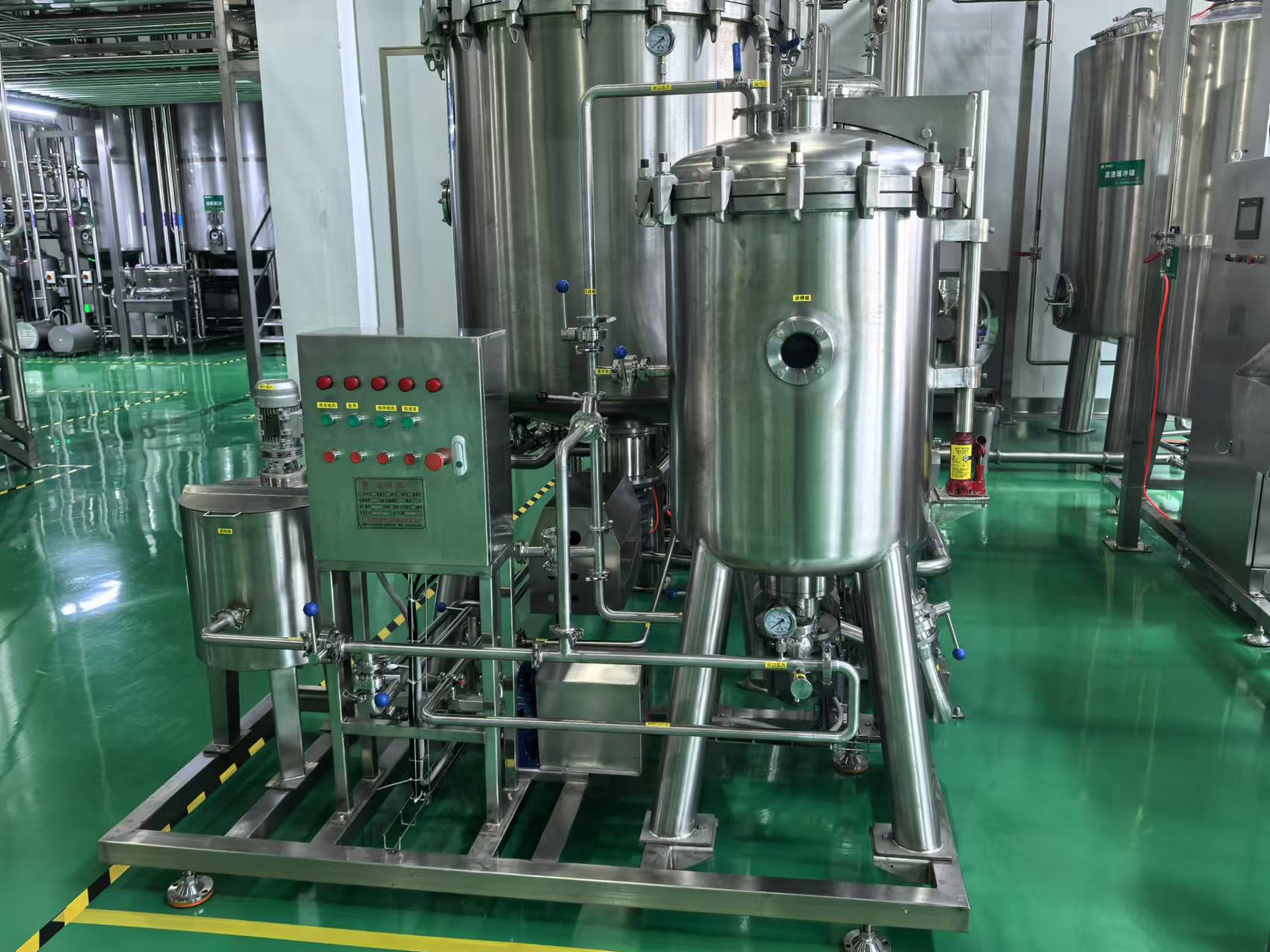
Kieselguhr Filter For Wine Making
A Kieselguhr Filter, also known as diatomaceous earth filter, is commonly used in the wine industry for clarification and filtration of wine, especially in the final stages of production before bottling. This type of filter uses diatomaceous earth (also called kieselguhr).
Product details
Kieselguhr Filter For Wine Making
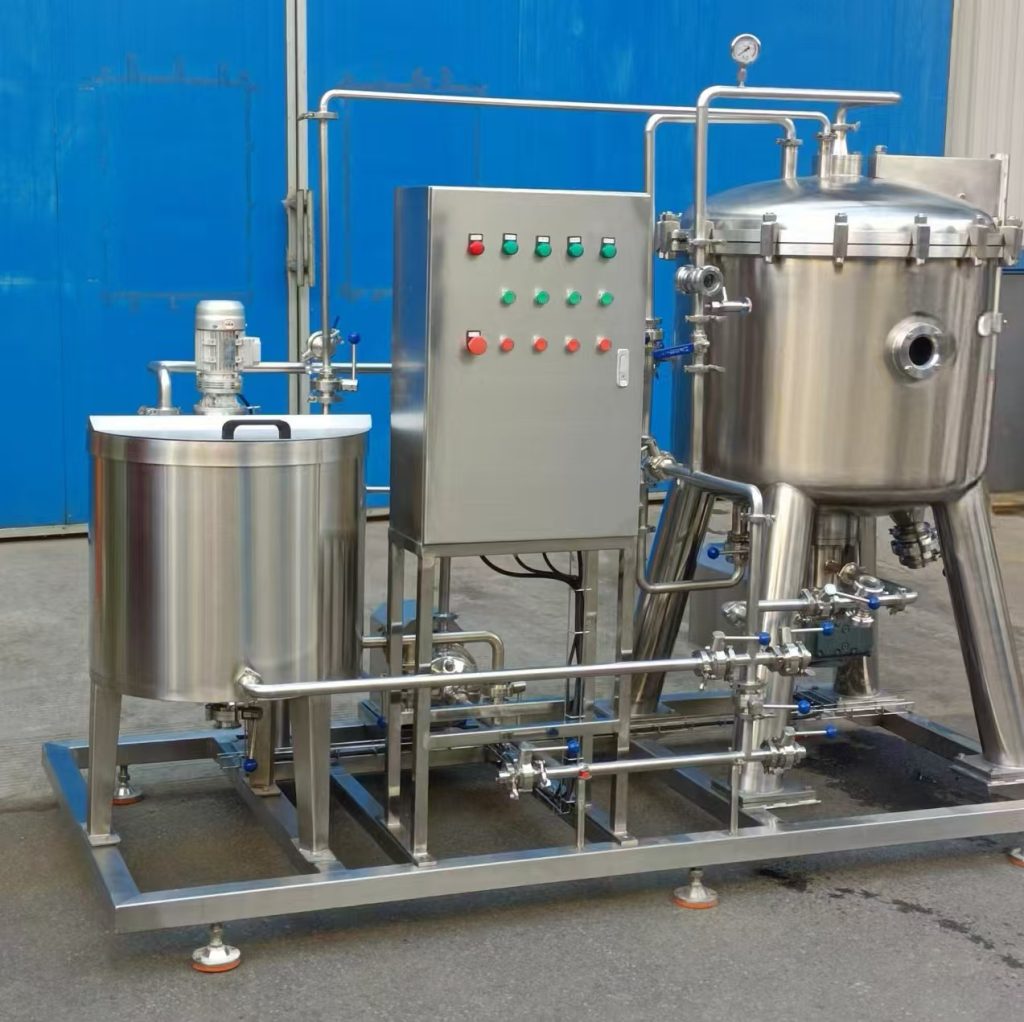
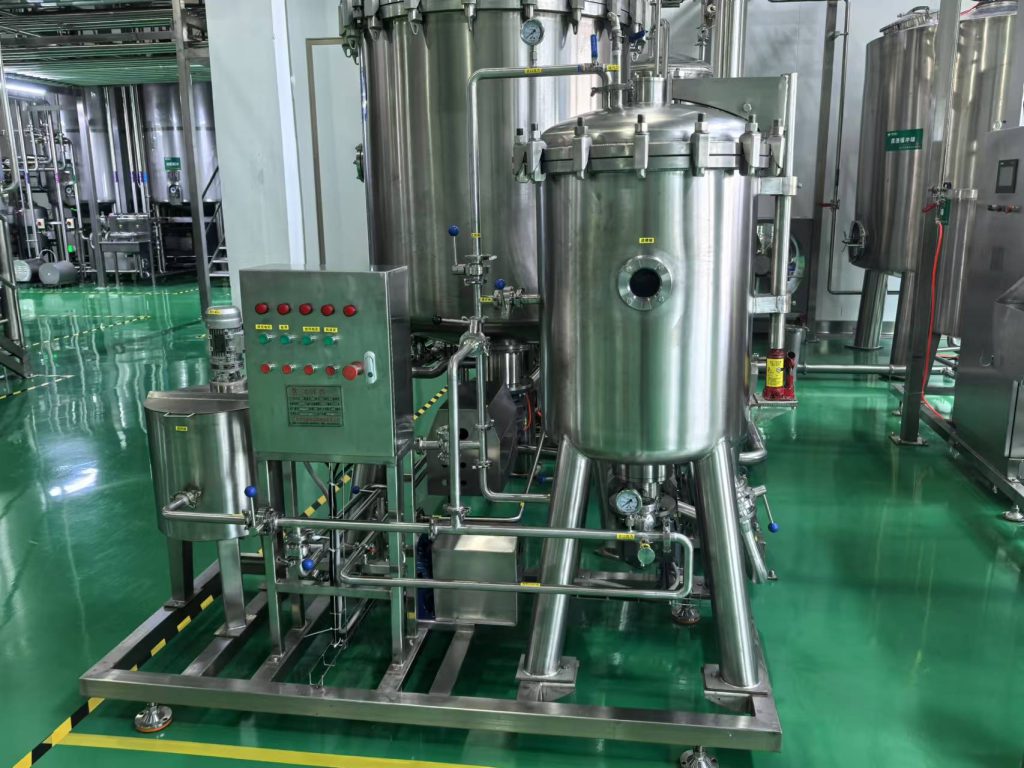
A Kieselguhr filter, also known as a diatomaceous earth filter, is commonly used in wine production to clarify and stabilize the wine. It is an important tool in the winemaking process, especially for achieving a high level of filtration and clarity before bottling. The filter uses diatomaceous earth (Kieselguhr), a naturally occurring, silica-rich sedimentary rock, to trap particles and impurities in the wine, improving its appearance and quality.
How It Works:
1.Diatomaceous Earth (Kieselguhr): Diatomaceous earth is a fine, powdery substance made from the fossilized remains of tiny aquatic organisms called diatoms. These diatoms have a highly porous structure, which makes them effective at trapping solid particles, such as yeast, dead cells, bacteria, and other impurities found in the wine.
2.Filtration Process:
Wine is pumped through a filter that contains a bed of diatomaceous earth. The Kieselguhr particles are suspended in the wine and form a filter cake on the surface of a filtration medium (usually a mesh or screen).
The wine passes through the filter cake, which traps suspended solids, leaving the wine clearer and purer.
The filtered wine emerges free of suspended particles but still retains its flavor and aroma, as the filtration process does not remove essential compounds like phenolic compounds, tannins, or aroma compounds.
3.Types of Kieselguhr Filters:
Batch Filtration: In batch filtration, the wine is pumped through a bed of diatomaceous earth that is periodically replaced after a certain volume of wine has been filtered.
Continuous Filtration: In this type, the filtration process is continuous, with diatomaceous earth being constantly added and removed from the filter as wine flows through.
Advantages of Kieselguhr Filtration:
1.High Clarity and Purity: Kieselguhr filters are very effective at removing fine particles, resulting in a crystal-clear wine that is aesthetically appealing.
2.Rapid Filtration: The process is relatively fast compared to other forms of filtration, such as membrane or cross-flow filtration.
3.Minimal Loss of Wine: Since Kieselguhr filtration doesn’t remove many essential wine components, it results in little loss of wine.
4.Versatile: It can be used for both red and white wines, as well as other beverages like juices and beers.
5.Improved Stability: The process helps to remove unstable colloidal particles that can cause haze or spoilage, contributing to the wine’s overall stability.
Disadvantages:
1.Waste Disposal: The used Kieselguhr (along with trapped solids) can create waste that requires proper disposal. This can be an environmental concern, especially in large-scale operations.
2.Cost: While generally cost-effective, there is an ongoing cost associated with purchasing diatomaceous earth and replacing it.
3.Risk of Over-Filtration: If the filtration is too aggressive or uses too fine a grade of Kieselguhr, there may be a risk of removing too many fine flavor compounds, which can affect the wine’s character.
Considerations for Use:
Type of Wine: Kieselguhr filtration is often used for wines that need significant clarification, such as white wines or wines that are being filtered before bottling. For red wines, the use of Kieselguhr is more common in the final stages of production, as red wines are often left to settle naturally before bottling.
Filtration Grade: The grade of Kieselguhr used varies depending on the desired filtration level. Coarse Kieselguhr is used for initial rough filtration, while fine grades are used for polishing the wine to achieve clarity.
Flow Rate: The filtration flow rate should be optimized to avoid clogging and excessive loss of wine, ensuring an efficient process.
Conclusion:
Kieselguhr filtration remains a popular and reliable method for improving the appearance and stability of wine before bottling. It is effective at producing clear, high-quality wines, though winemakers need to balance its use with considerations for waste disposal and potential flavor impacts.

